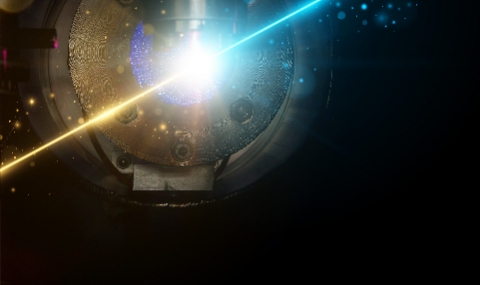Attosecond science enables the observation of multi-electron dynamics in atoms, molecules and solids. One of the most exciting advances in this field is high-harmonic generation (HHG) spectroscopy. It combines sub-angstrom spatial resolution with attosecond temporal resolution, making it possible to dynamically resolve the structure of electronic wavefunctions as they evolve. HHG spectroscopy exploits a built-in pump–probe process: driven by the strong laser field, the liberated electron wavepacket returns to the parent ion and probes the hole through radiative recombination. In turn this leads to the emission of higher-order harmonics of the driving laser field. The emitted attosecond burst of light takes a snapshot of the system, probing the evolving wavefunction, in an attosecond movie in which each harmonic order serves as one frame.
During the past two decades HHG spectroscopy has been successfully applied to resolve fundamental strong-field phenomena such as field-induced tunneling in atoms, hole dynamics or charge migration in molecules and field-induced currents in solids. However, whereas HHG spectroscopy holds great promise for both the measurement and control of matter, the understanding of the processes involved and the implementation of the technique still pose significant challenges. The extreme nonlinear nature of the strong-field interaction offers numerous channels — strongly coupled by the laser field — in which electronic dynamics can evolve.
Our group has developed several advanced schemes in attosecond spectroscopy where the interaction is probed via several synchronized fields. Such integration probes the multidimensional nature of the interaction, thus revealing its complexity. These schemes have been applied to a range of strong field phenomena demonstrating the ability to isolate the different degrees of freedom and reconstruct their dynamical properties.


